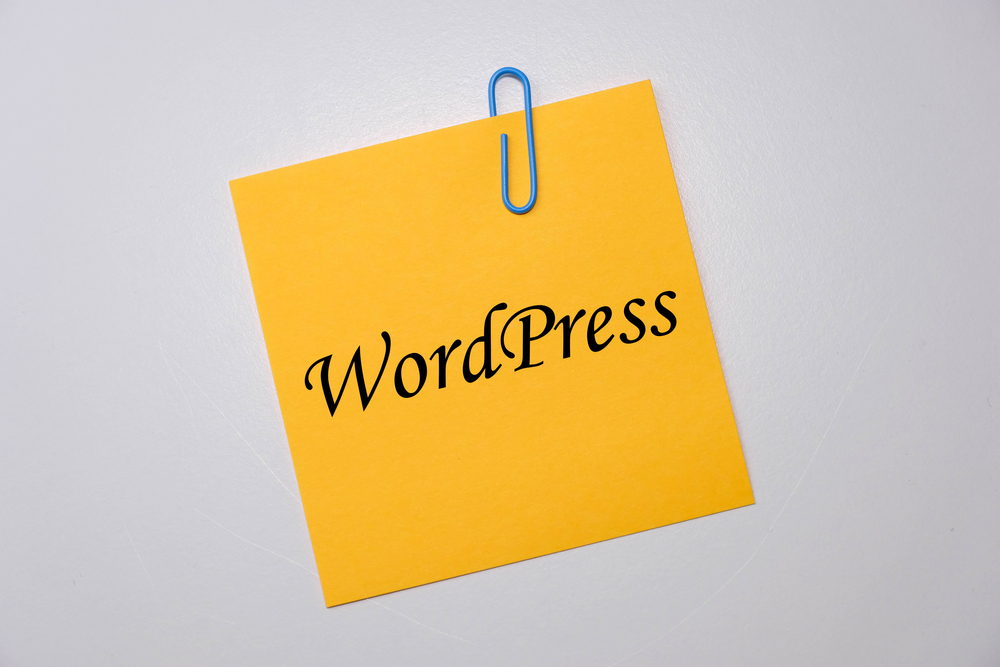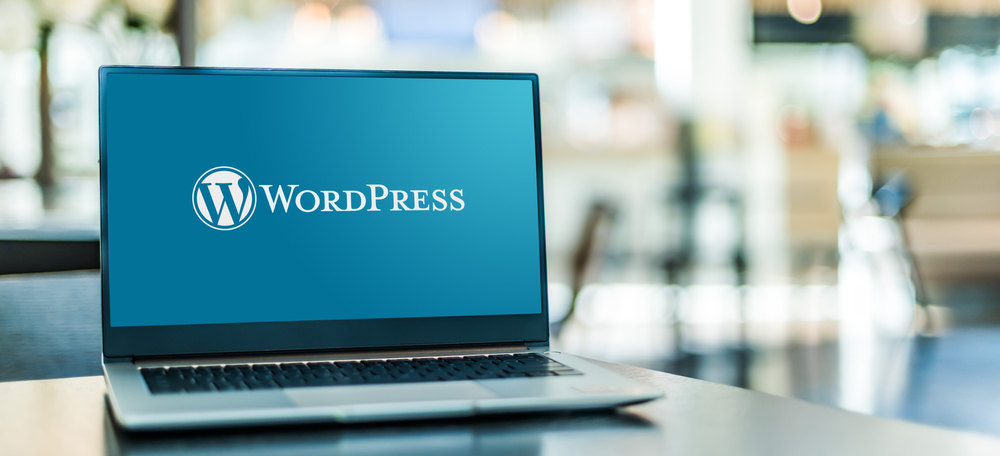
Streamline Your WordPress Site: Expert Tips for Customization and Maintenance

In today's fast-paced digital world, having a well-optimized and efficient website is crucial for success. WordPress, one of the most popular content management systems, has become the go-to platform for website creation and management. However, simply installing WordPress is not enough to ensure a high-performing site. To truly streamline your WordPress site and maximize its potential, here are some expert tips for customization and maintenance.
1. Choose a Lightweight Theme:When it comes to WordPress (or WP) customization, selecting the right theme sets the foundation for your site. Lightweight themes are optimized for speed and performance, ensuring that your site loads quickly and provides an excellent user experience. Avoid heavy, feature-rich themes that can slow down your website and instead opt for lightweight alternatives that prioritize functionality over aesthetics.
2. Optimize Image Sizes:
Images play a crucial role in engaging website visitors, but unoptimized images can significantly impact your site's performance. Large file sizes can cause slow load times, increasing bounce rates and decreasing user satisfaction. To avoid this, use image optimization plugins or tools that automatically compress and resize your images without compromising their quality.
3. Utilize Caching:
Caching is a technique that temporarily stores static versions of your web pages, enabling faster loading times for returning visitors. WordPress offers a multitude of caching plugins, such as W3 Total Cache and WP Super Cache, which can significantly enhance your site's speed and performance. These plugins generate static HTML versions of your dynamic WordPress (WP) pages, reducing the load on your servers and improving overall user experience.
4. Minify CSS and JavaScript Files:
Minification is the process of removing unnecessary characters from code without altering its functionality. By minifying your CSS and JavaScript files, you can reduce their file sizes and improve loading times. Various WordPress (the platform for bloggers) plugins, like Autoptimize and Fast Velocity Minify, make minifying your code a breeze. Remember to always create a backup before making such changes to ensure there are no compatibility issues.
5. Keep Plugins and Themes Updated:
Regularly updating your plugins and themes is crucial for maintaining a secure and optimized WordPress site. Developers often release updates to fix bugs, enhance features, and patch security vulnerabilities. Failing to update your plugins and themes can leave your site vulnerable to hackers and can also lead to compatibility issues with the latest version of WordPress (the blogging platform) . Enable automatic updates where possible, but be sure to keep a backup of your site in case issues arise.
6. Optimize Your Database:
As time passes, your WordPress database can accumulate unnecessary data, resulting in reduced performance. Optimize your database by removing spam comments, optimizing database tables, and deleting unnecessary post revisions. Plugins like WP-Optimize and WP-Sweep can automate this process, ensuring that your database remains clean and optimized.
7. Enable GZIP Compression:
GZIP compression is a method that reduces the size of your website's files, such as CSS, JavaScript, and HTML, before sending them to the visitor's browser. This compression technique significantly reduces the amount of data that needs to be transferred, resulting in faster load times. Most hosting providers offer GZIP compression, and enabling it is usually as simple as adding a few lines of code to your site's .htaccess file.
8. Implement Lazy Loading:
Lazy loading is a technique that defers the loading of non-critical elements, such as images and videos, until they are actually needed. This greatly improves initial page load times by only loading essential content. Numerous WordPress plugins, like Lazy Load by WP Rocket and a3 Lazy Load, make implementing lazy loading effortless, ensuring a smoother user experience and faster performance.
Frequently Asked Questions:
1. Why should I choose WordPress for my website?WordPress is a user-friendly and highly flexible content management system that allows you to create and maintain a professional website without any technical expertise. It offers a vast library of themes and plugins, making customization and site management a breeze.
2. Can I switch themes without losing content?
Yes, switching themes in WordPress does not affect your existing content. However, the appearance and layout of your site might change, and you may need to adjust elements like menus and widgets to match the new theme's structure.
3. How often should I update my plugins and themes?
It is recommended to update your plugins and themes as soon as updates become available. Regular updates ensure that your site remains secure, up-to-date, and compatible with the latest version of WordPress.
4. Can I customize my WordPress site without coding knowledge?
Absolutely! WordPress provides an intuitive and user-friendly interface that allows you to customize your site's appearance, content, and functionality without any coding knowledge. However, certain advanced customizations may require some coding skills or the use of additional plugins.
5. Will optimizing my WordPress site affect my SEO?
On the contrary, optimizing your WordPress site can improve your SEO. Search engines prioritize fast-loading websites, and a streamlined site with optimized images, caching, and minified code can positively impact your search engine rankings. Additionally, a well-optimized site provides a better user experience, which search engines also consider when determining rankings.
In conclusion, by following these expert tips for customization and maintenance, you can streamline your WordPress site and unlock its full potential. From selecting a lightweight theme to optimizing images and code, every step counts in enhancing performance and user experience. Remember to keep your plugins, themes, and database updated, and leverage techniques like caching, GZIP compression, and lazy loading. With these practices in place, your WordPress site will be well-equipped to deliver a seamless and efficient digital experience.
Other useful resources
- https://www.wordpress24plus.com/wordpress-tools-directory/wordpress-plugins/
- https://www.wordpress24plus.com/wordpress-tools-directory/
- https://www.wordpress24plus.com/topics/wordpress-tips-and-tricks/